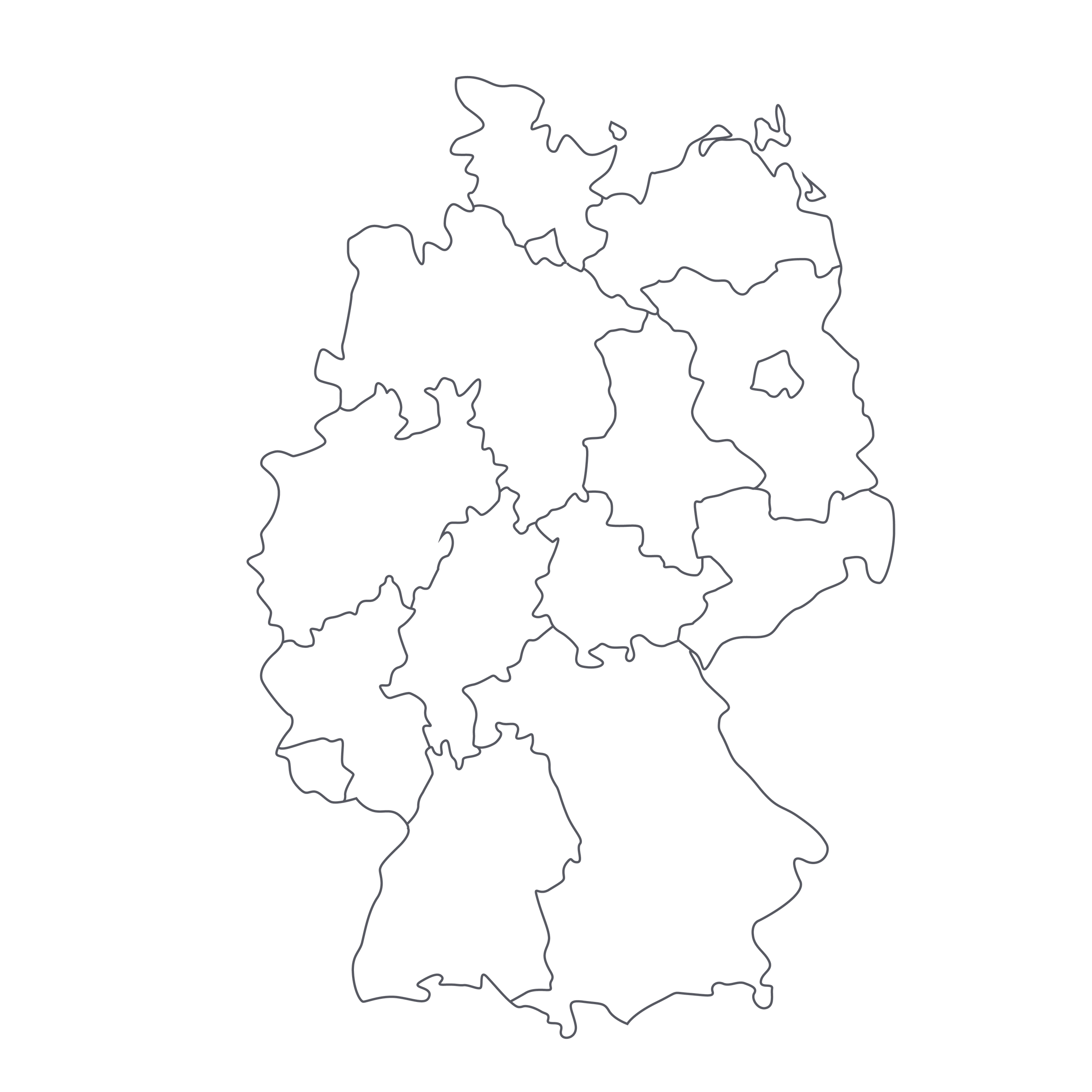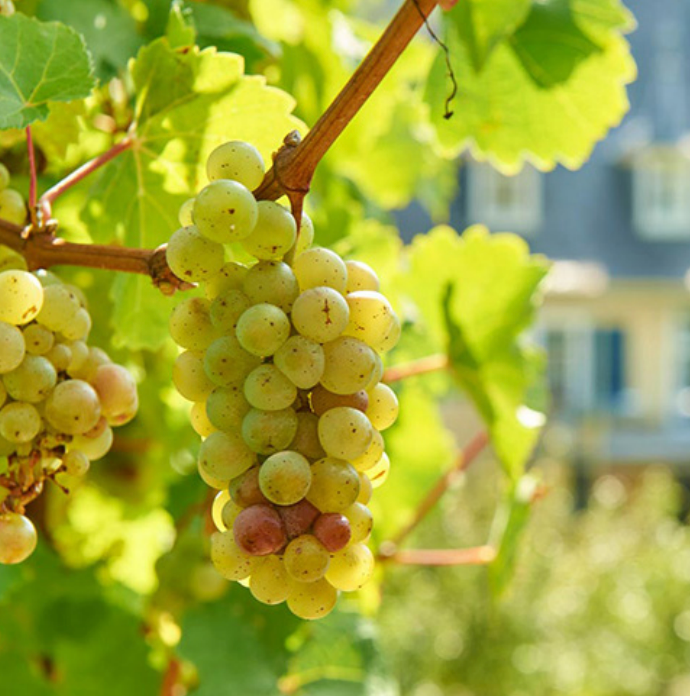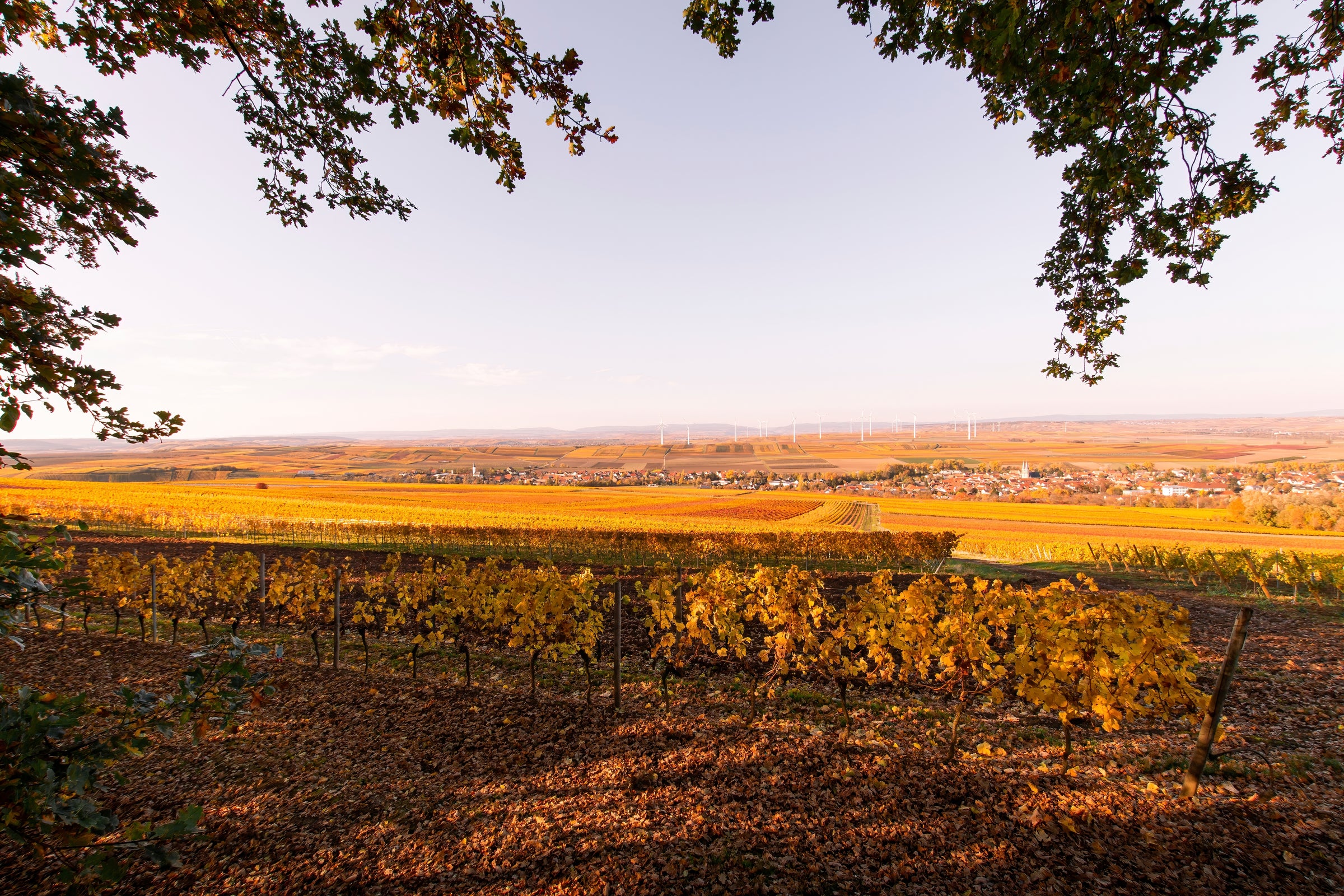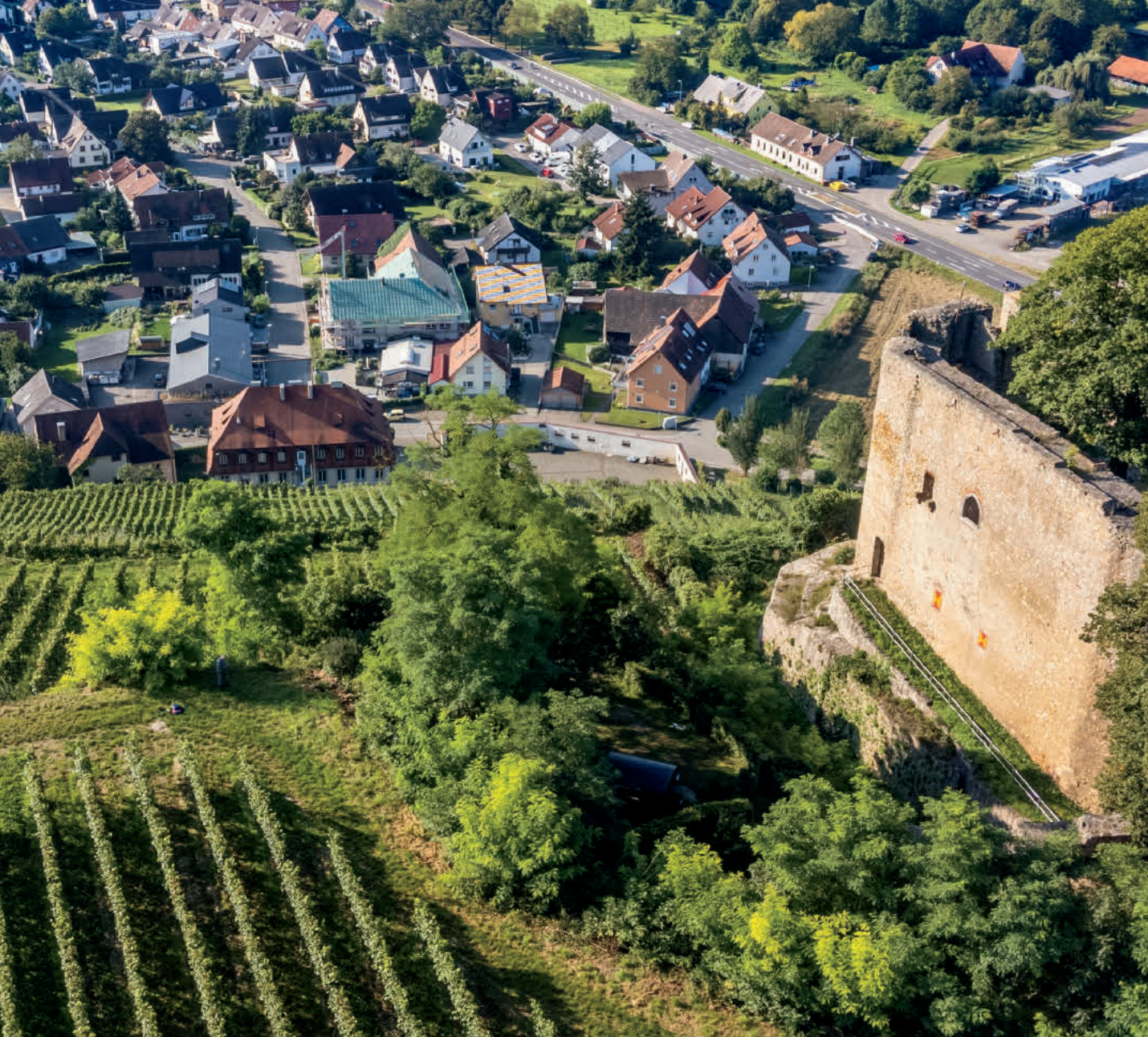Although Germany’s Nahe River Valley is smaller, lesser-known, and more variable than nearby Riesling terroirs like the Rheingau and the Mosel, it has its share of international stars. The Dönnhoff estate in the village of Oberhäusen is arguably the biggest of these, while directly across the Nahe is a deserving, if lesser-known, star in Gut Hermannsberg.
This property, once the property and purview of the Prussian government, has flourished under current owners Christine Dinse and Jens Reidel, with the Riesling grape taking center stage. Taking its name from the erste lage (‘first growth’) Hermannsberg vineyard—a monopole and the source of today’s wine—this property is a Nahe name to know, with a diverse and clearly delineated array of Rieslings that are simply impeccable up and down the line. I’ve admired the consistency and exceptional value-for-dollar of Gut Hermannsberg wines since my restaurant days, and today’s 2014 “Niederhäuser” is a dry, detailed and intensely aromatic Riesling that completely blew us away, especially for the price. That’s what Gut Hermannsberg does as a matter of course, and until more serious Riesling lovers catch on, we’ll continue to take advantage of it!
“Niederhäuser” is the German way of saying “from the village of Niederhäusen,” which is situated near the southern end of the Nahe wine zone. One of the things the Nahe is known for is a wide diversity of soil types, and Gut Hermannsberg’s 30 hectares of vineyards bear this out: The namesake “Hermannsberg” site, perched above a bend in the Nahe and looking south toward Oberhäusen, sits on clay and schist topped with loess (wind-blown silt); just 200 meters away is a grosses gewächs (‘grand cru’) site called “Kupfergrube,” comprised of more volcanic material (a more typical Nahe soil type).
The “Niederhäuser” bottling is 100% Riesling from Hermannsberg, and although there’s no ‘trocken’ (dry) designation on the label, it is listed at about 5 grams per liter of residual sugar, which is well within the trocken range. In the glass, it’s a reflective straw-gold with slight hints of green and silver at the rim, with an assertive nose of white and yellow peach, grapefruit pith, lime zest, aromatic dried herbs, wildflowers, and crushed rocks. It is medium-plus in body and beautifully focused—a deep yet sculpted style that has both a big impact and a refreshing lilt on the palate. It is showing the positive effects of a little bottle age with an aromatic and long-lingering finish, and while it is eminently drinkable now—serve it around 50 degrees in all-purpose white wine stems—it has 10-15 more years of flattering evolution still ahead of it. It is a dry yet richly textured style, with that inimitable Riesling tension—a push-pull of ripe, juicy fruit and mouth-watering, stony minerality. This would make a great foil for spicy Thai or Vietnamese preparations like the attached recipe—in fact, it’s usually when I taste a wine like this that I’m inspired to cook such dishes. When German Riesling is ‘on’ like this, there’s truly nothing else like it!






